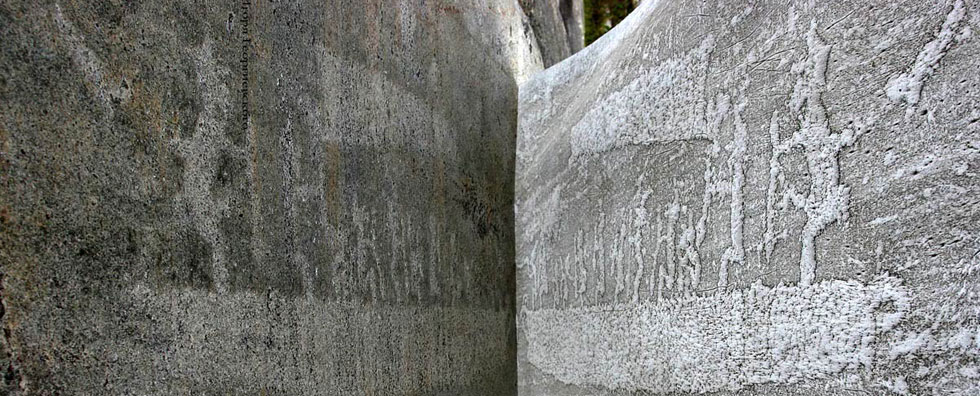
Issue №1, Vol. 22
Terekhov G., Penchugov V., Andreeva E., Stetsenko S. Substantiation of the promising type and age of pine when developing forest plantations in the Middle Urals // Resources and Technology. 2025. №1, Vol. 22. P. 42‒56.
DOI: 10.15393/j2.art.2025.8263
Substantiation of the promising type and age of pine when developing forest plantations in the Middle Urals
| Terekhov Gennady | Botanical Garden Ural Branch of Russian Academy of Sciences, terekhov_g_g@mail.ru |
| Penchugov Veniamin | MSAU Ekaterinburg Forestry, veniamin_66@mail.ru |
| Andreeva Elena | Botanical Garden Ural Branch of Russian Academy of Sciences, e_m_andreeva@mail.ru |
| Stetsenko Svetlana | Botanical Garden Ural Branch of Russian Academy of Sciences, stets_s@mail.ru |
|
Key words: species; Scots pine; seedlings; seedlings; survival rate; growth; cost of creating crops |
Summary: The aim of the research was to substantiate a promising species (seedlings and saplings with open and closed root systems) to plant coniferous forests in the Municipal Specialized Autonomous Institution «Ekaterinburg Forestry». It was found that when lifting, loading, transporting and unloading large-sized 4—5-year-old pine root-balled seedlings on a forest cultivation area, their root system is lost, primarily fine roots. Therefore the processes of root-taking and basic increment of the central shoot slow down. The loss of roots during lifting in the nursery and delivery to the planting site of 2-year-old seedlings is minimized and root-taking process is completed in a shorter time. The increased density (4000 pcs./ha) of 2-year-old pine seedlings contributes to earlier canopy closure, thus resulting in reducing the frequency of agrotechnical care and developing greater resistance to renewed deciduous species. The height of five-year-old pine plants grown from 2-year-old and large-sized seedlings had similar values, and in 7-year-old trees the main morphometric indicators of pine trees were significantly higher in the variants from 2-year-old seedlings. The cost of growing pine trees from large-sized seedlings with a root-balled system is 10—20 times more expensive than that from 2-year-old seedlings. Thus, growing trees from 2-year-old pine seedlings is more promising from both forestry and economic points of view. |
Displays: 297; Downloads: 183;




